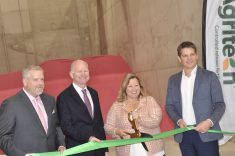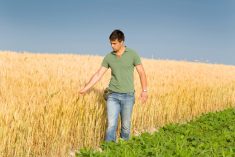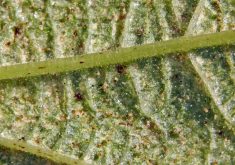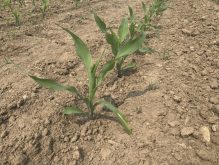Ontario’s hay crop has both benefited from and been challenged by the weather extremes this summer.
Early in the season the extended spring rains resulted in good first cut growth, and then some clear weather around maturity meant more dry hay harvested in much of the province than has been possible for several years.
Why it matters: There are export opportunities in hay, which is creating more interest in forages in Ontario.
“Quality is tied to crop maturity, and we had a lot of stretches of weather appropriate for harvest, right around time the crop was at maturity,” said Christine O’Reilly, forage and grazier specialist with the Ontario Ministry of Agriculture and Rural Affairs (OMAFRA).

In some areas of the province, the rains continued and that delayed first cut.
There were grasses that matured ahead of the alfalfa in mixed hay fields this spring, she said. Cutting hay based on grass maturity versus alfalfa maturity was more important this year.
Second cut has come off in many parts of the province and it is another story, with dry weather over the past month resulting in thin stands. Areas with less than average rainfall have seen slow growth. Cool season grasses and legumes stay dormant while the soil temperature is above 25 C and results in slow regrowth, said O’Reilly.
The Ontario Forage Expo had to change locations for its western field day because forage regrowth was too slow at the first location.

Many farmers showed up at Mournahan Farms Inc., near Grand Valley, in early July where about 40 pieces of equipment showed the latest in hay cutting, raking and tedding, baling, wrapping and handling for the western Ontario Forage Expo.
The event, put on by the Ontario Forage Council and local Soil and Crop Improvement Associations, also has an eastern counterpart, which was hosted by Loval Farms near Warkworth. It allows farmers the chance to look at hay as it’s been cut to judge the effectiveness of many types of haybines, then windrows as the hay is raked and tedded, and then the tightness of bales of hay.














